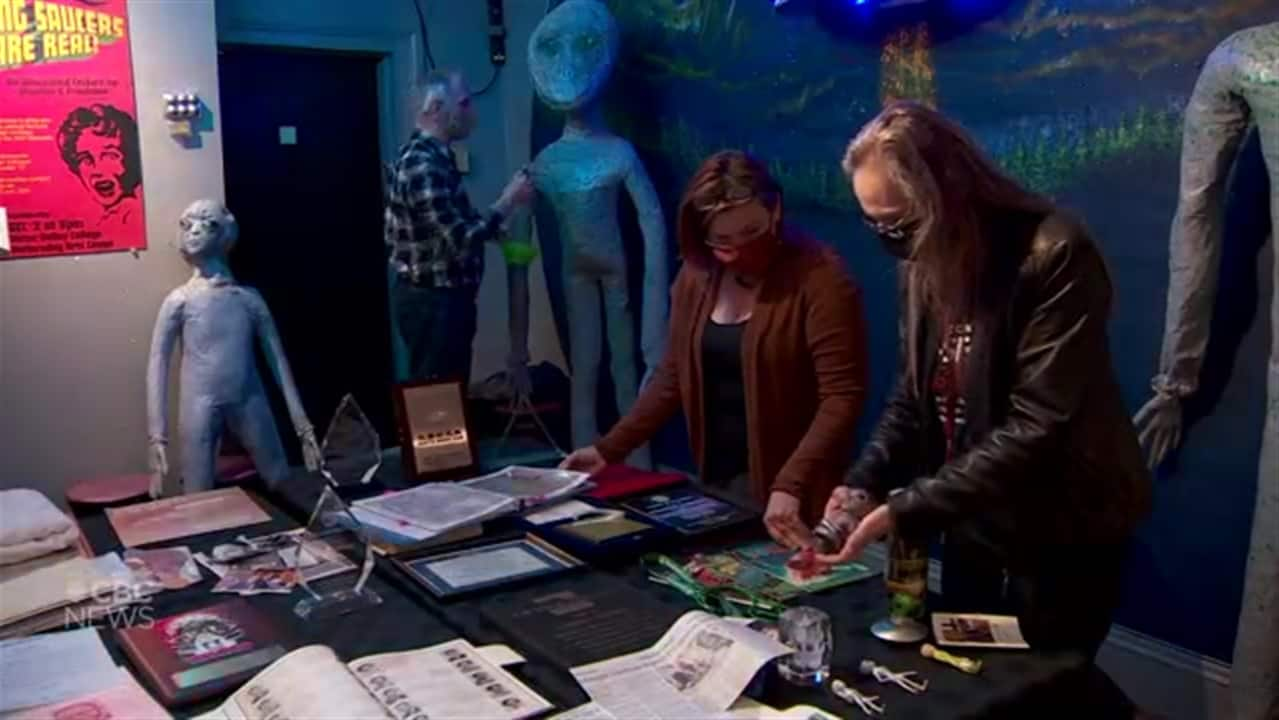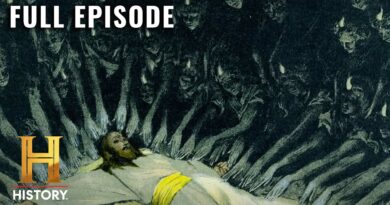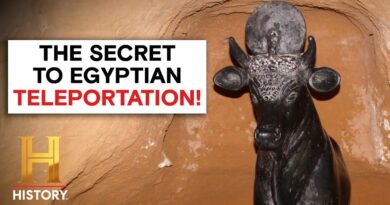New Mexico city famous for link to UFOs honours NB ufologist Stanton Friedman
Fredericton-based researcher Stanton Friedman brought seriousness to ufology, so a city in New Mexico is honouring him in the first round of inductees into its UFO Walk of Fame.
The professional ufologist who died in 2019 is recognized as the original civilian investigator of the “Roswell incident,” the crash of what was believed by many to be a flying saucer in 1947.
Friedman, who was also a nuclear physicist, is credited with bringing a lot of eyes to the possibility of extraterrestrial life.
The 2022 UFO Festival in Roswell, N.M., will open with the city’s new UFO Walk of Fame on July 1. The walk is for “recognizing those who have significant connections to UFO investigation and research, science and space professions, and the sci-fi arts,” according to a City of Roswell spokesperson.
“It’s a part of our story, it’s our history,” Juanita Jennings said Thursday. “It’s something that we celebrate not only during the UFO festival, but all year long. It’s part of our brand and our identity of who we are as a community.”
Jesse Marcel Sr., a U.S. air force officer known for his involvement in the Roswell followup, will also be inducted in the walk of fame. For each honoree, the UFO festival will embed a planet-shaped marker on the sidewalk.
Friedman’s daughters, Melissa Friedman and Rachel Friedman, and Marcel’s grandson, Jesse Marcel III, plan to be in Roswell for the inaugural UFO Walk of Fame ceremony.

As new people are added, the walk of fame will extend out to the sidewalk along the street, toward the UFO Museum and International Research Centre in Roswell, the city said.
MJ Banias, a journalist at the Debrief, who reports on “strange news,” including UFO sightings, said he considered Friedman the first of his kind, a “gentleman ufologist.”
Friedman had an academic background and was not the average amateur UFO sleuth, said Banias.
“He created a systematic kind of way of doing ufology that didn’t exist prior to that.”
WATCH | Fredericton museum put on Friedman ‘Out of this world” exhibit
The nuclear physicist devoted his life to investigating UFOs beginning in the late 1960s. Now, two friends want to devote an exhibit to his life.
Friedman made a name for himself because of his investigation into the Roswell incident, a mysterious crash in the desert.
The wreckage was turned over to the U.S. army base in Roswell, which initially issued a press release saying a flying disc had been recovered near a ranch. The army later said it was a surveillance balloon.
Friedman came to believe the government was covering up evidence of an extraterrestrial spacecraft as the explanation for the incident.
“He opened up the investigation, found witnesses from the event and brought it to life,” said Karen Jaramillo, director of the UFO Museum and International Research Centre in Roswell.
We wouldn’t have anything to celebrate if it wasn’t for pioneers like him that really took the time to investigate, to look at the science [and] to have that passion for the truth.– Juanita Jennings, /City of Roswell
“And everyone always looked to him for the truth, you know, because he did so much research and investigation on his own. … He believed that something was out there,” Jaramlllo said. “I guess he knew there was a cover-up, and he wanted to get to the bottom of it.”
Jennings said she was a skeptic at first, but that has changed.
“You see all the evidence on the wall, and you hear from these brilliant people like Stanton Friedman, and you hear the science behind it,” she said. “How could there not be extraterrestrial life out there?”
Friedman was committed to proving extraterrestrial life, and he won $1,000 in a bet against a skeptical fellow researcher. about some government documents in the 1980s
U.S. researcher Philip Klass believed the documents were fake, but Friedman believed they were real.
Klass bet Friedman $100 for every real declassified government document that used the same font as that of the other documents. He found 14 documents with the same typeface and earned $1,000 from Klass, who wrote about the bet in his newsletter in 2004.
“We wouldn’t have anything to celebrate if it wasn’t for pioneers like him that really took the time to investigate, to look at the science [and] to have that passion for the truth of what really happened here in 1947,” said Jennings.



